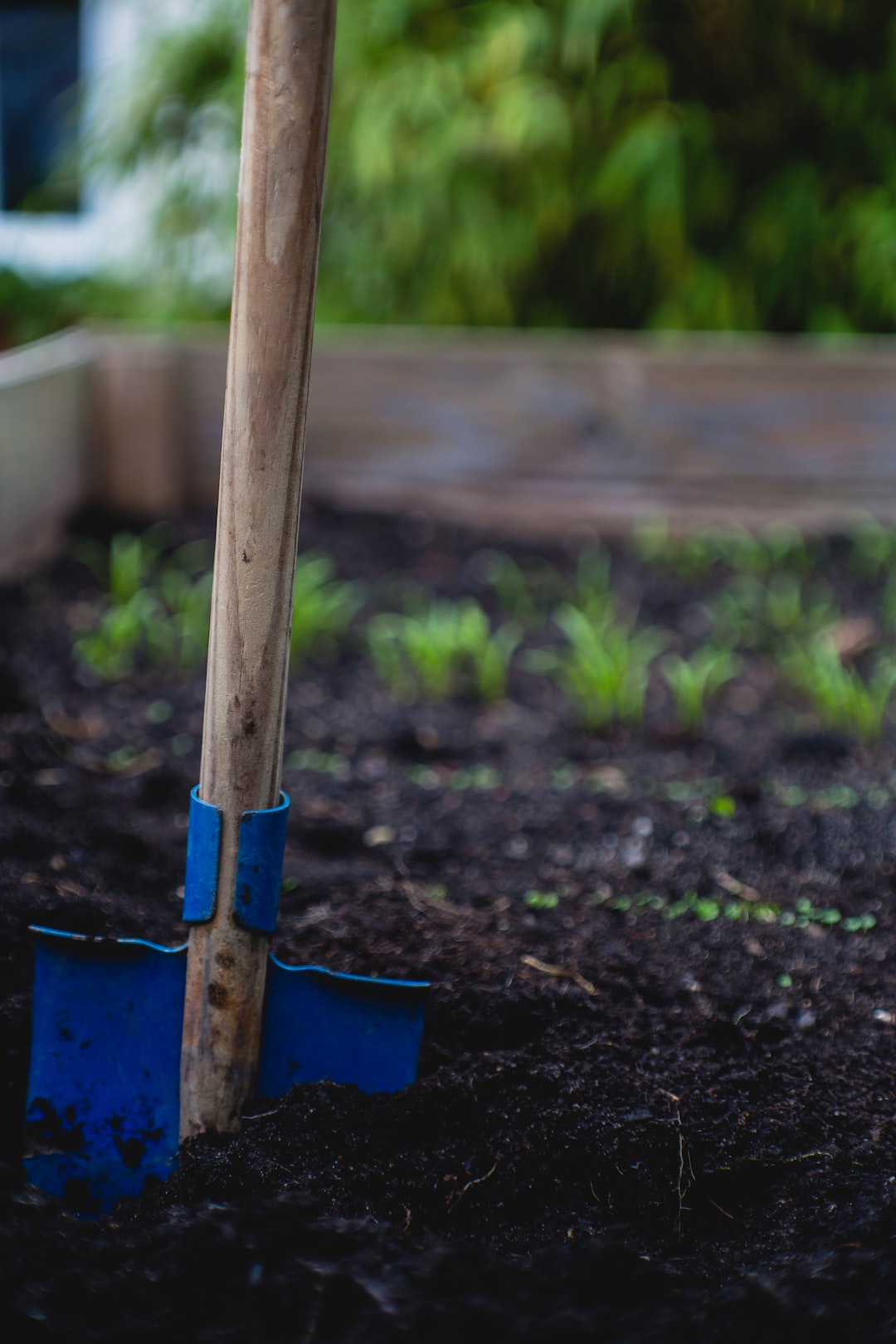The Importance of Watering Techniques for Plant Health
Water, as we all know, is an essential element for the survival of all living beings. Just like humans, plants require an adequate amount of water to stay healthy and thrive. However, simply pouring water on your plants may not be enough to ensure their well-being. Proper watering techniques play a crucial role in maintaining plant health and promoting optimal growth. In this blog post, we will explore the significance of watering techniques and how they contribute to the overall vitality of plants.
When it comes to watering plants, timing is everything. Watering plants at the right time of day can make a significant difference in their well-being. Generally, it is best to water plants early in the morning or late in the evening when the temperature is cooler. This allows the water to penetrate the soil and reach the roots before evaporating due to the heat of the sun. It also gives the foliage enough time to dry off, reducing the risk of diseases caused by excess moisture.
Another crucial aspect of watering techniques is the amount of water applied. It is essential to provide plants with an adequate amount of water without over-watering them. Over-watering can lead to waterlogged roots, suffocating the plant and causing root rot. On the other hand, underwatering can cause stress and stunted growth. The best way to determine the watering needs of your plants is to check the moisture level of the soil. You can do this by sticking your finger into the soil or using a moisture meter. If the soil feels damp at least an inch below the surface, it is usually an indication that the plant has enough water. However, if it feels dry, it is time to water.
One popular method of watering plants is through overhead watering, where water is sprayed over the plants from above. This method is suitable for plants with foliage that can tolerate getting wet. However, for certain plants, such as succulents or those susceptible to fungal diseases, overhead watering may not be the best option. In such cases, it is advisable to use a different watering technique, such as bottom watering or drip irrigation.
Bottom watering involves placing a plant pot in a tray or saucer with water, allowing the plant to absorb water from the bottom up. This technique is particularly useful for plants that are prone to root rot or those with sensitive leaves. It ensures that water is absorbed efficiently without wetting the plant’s foliage. Drip irrigation, on the other hand, provides water directly to the base of the plants through tiny tubes with holes. This method is highly efficient as it delivers water precisely where it is needed, minimizing waste and reducing the risk of fungal diseases.
In addition to the timing, amount, and method of watering, the quality of water used also affects plant health. Tap water often contains chlorine and other chemicals that can be harmful to plants. If your tap water is chlorinated, it is advisable to let it sit out for 24 hours before using it, as this allows the chlorine to evaporate. Alternatively, you can collect rainwater or use filtered water to ensure the best quality for your plants.
Lastly, understanding the specific watering needs of different plants is crucial for their survival. Some plants prefer drier conditions and can be watered less frequently, while others thrive in moist or humid environments and require more frequent watering. It is beneficial to research and learn about the specific needs of the plants you are growing to provide them with the appropriate watering regimen.
In conclusion, proper watering techniques are vital for the health and growth of plants. Watering at the right time of day, providing the correct amount of water, using suitable watering methods, and considering the quality of water are all essential factors to ensure the well-being of your plants. By understanding and implementing these techniques, you can create an ideal environment for your plants to thrive and enjoy the beauty of a healthy and flourishing garden.

